Literature, to me, seems to thrive on a curious contradiction. While it is an essentially solitary activity, it is also driven by the desire to commune with others. We wish to be alone with a book, but fulfilling this wish means engaging in a conversation so intimate that it overcomes the limitations of space and time — readers may reach out to the dead; writers sometimes touch the unborn.
Many of my favorite books are about isolated people — either in a literal sense (Robinson Crusoe) or figuratively (Jane Eyre, Villette). My first novel, In the Distance, was initially conceived as an exploration of solitude. It tells the story of a Swedish immigrant who walks from San Francisco to New York, against the big push west during the 1850s. He spends most of his time alone in what was known as the “Unorganized Territories” and finds, paradoxically, that as these expanses grow, so does his feeling of claustrophobia. Sometimes, his hands and his feet are the only living things he can see.
These are some of my favorite books on isolation and loneliness. Some of them influenced my book; others, I read only recently; all of them have shown me how nuanced solitude can be.

Against Nature (À Rebours) by Joris-Karl Huysmans
Full of “contempt for humanity” and “weighed down by splenetic boredom,” Jean Des Esseintes retires to the artificial paradise of his house in the outskirts of Paris, a temple dedicated to his decadent whims. “Nature, he used to say, had had her day.” In the perpetual color-tinted twilight of his seclusion, his few companions are his books, some mechanical fish in dyed water, and a gold-glazed, jewel-encrusted tortoise. Des Esseintes artificial isolation is so radical that it ends up transforming his body and its basic functions.
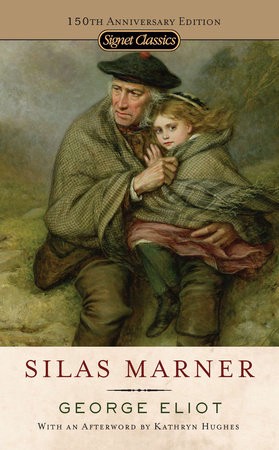
Silas Marner by George Eliot
Different layers of isolation coexist in this quiet masterpiece. Silas, a weaver, is a member of a “narrow religious sect.” After being wrongly accused of theft, he is expelled from this insular congregation and lives like a hermit, reducing his life to “the unquestioning activity of a spinning insect.” He also becomes a money hoarder — but, strangely, not a miser. After years of solitude, Silas’s life ends up “narrowing and hardening itself more and more into a mere pulsation of desire and satisfaction that had no relation to any other being.” A lonely little girl wanders into his life and changes everything.
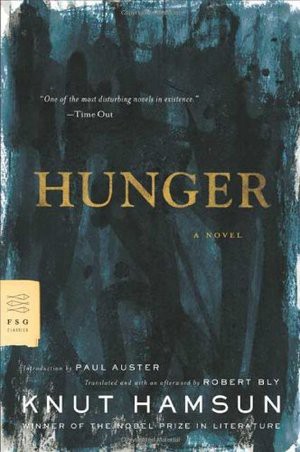
Hunger by Knut Hamsun
Nowhere is the oppressive loneliness in the midst of a multitude felt more acutely than in Hunger. The protagonist of Hamsun’s novel wanders around the throngs of the Norwegian capital but is thoroughly alone and always at the verge of mental and physical collapse from starvation. “I was turning into a freak from hunger, right here in the city of Kristiana!” He loses his hair; his body decays; he eats woodchips, pebbles, and his own pocket. He almost eats his own finger. All while trying to write monographs, philosophical treaties, and plays.
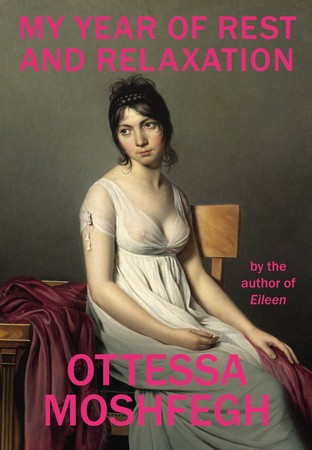
My Year of Rest and Relaxation by Ottessa Moshfegh
Sleep is the loneliest activity we can engage in — it takes us away even from ourselves. Still, the few works of fiction on this subject that I can think of — “Rip van Winkle,” Oblomov, Finnegans Wake, The Interpretations of Dreams — are either concerned with the content of dreams or view sleep as an obstacle. Not so Moshfegh. Hers is the story of a solitary woman who, with the help of a prescription-writing quack, intends to “hibernate” for the better part of a year to then be “reborn.” To this “somnophile,” sleep becomes a goal in itself — thus showing how absurd our goal-oriented culture is. “I was finally doing something that really mattered. Sleep felt productive.”
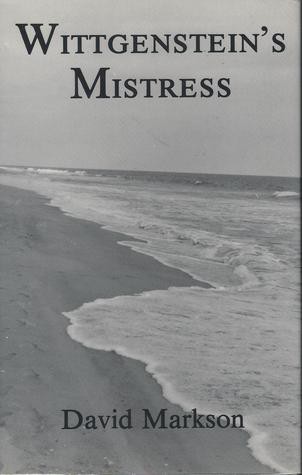
Wittgenstein’s Mistress by David Markson
More than a novel, this is a collection of propositions, a text made up of lonely sentences. Kate, the narrator, is certain she is the last human left on the planet. Although she is (or believes herself to be) absolutely alone, the novel feels wonderfully populated, thanks to the ceaseless references to Western culture, from Odysseus to Marlon Brando, as if our entire tradition had been entrusted to this reverse Eve. Every now and then, Kate takes up residence in desolate museums — the Louvre, the National Gallery, the Met. “Once, in the Borghese Gallery, in Rome, I signed a mirror,” Kate confesses. “Though in fact the name I put down was Giotto.”
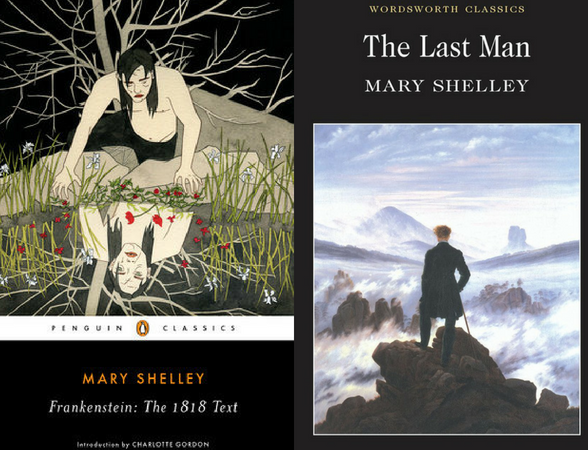
Frankenstein and The Last Man by Mary Shelley
I find it remarkable that Shelley should write a novel about the first superman (Frankenstein’s creature is stronger and smarter than any human) and then, a few years later, a novel about the last man. Victor Frankenstein’s creation is one of the loneliest characters in literature. “I am an unfortunate and deserted creature, I look around and I have no relation or friend upon earth.” The monster’s revenge is to leave his creator as friendless as he is. Meanwhile, despite its title, The Last Man is a crowded novel with a rather melodramatic plot. But this only makes the final pages more poignant. The protagonist, the only survivor of a plague, wanders around Rome — a monument and a ruin among monuments and ruins.
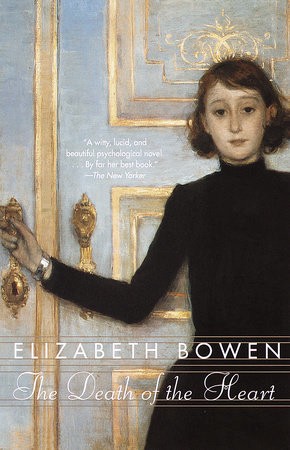
The Death of the Heart by Elizabeth Bowen
Can anyone be lonelier than a lonely teenager? Portia, the protagonist of Bowen’s novel, is the offspring of an illicit union that sends the family into exile. After her parents’ death, Portia is entrusted to her half-brother and his wife. Her isolated upbringing gives her a unique perspective on social relationships, which she commits to a journal that becomes the very core of the novel. Bowen’s breathtaking prose abounds in reflections on solitude: “The heart may think it knows better: the senses know that absence blots people out. We really have no absent friends.” Bowen’s book would pair well with Henry James’s What Maisie Knew, also about a lonely girl caught between dysfunctional adults.
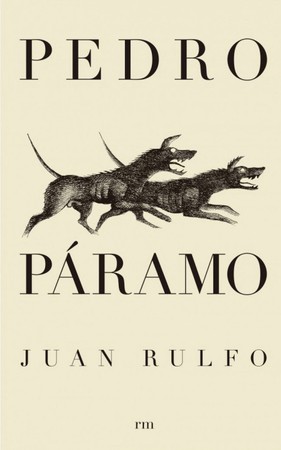
Pedro Páramo by Juan Rulfo
A ghost story like no other, Rulfo’s perfect novel narrates the return of Juan Preciado to Comala, his hometown, in search of his father, Pedro Páramo, the village’s tyrannical strongman. The plot’s chronology is so masterfully crafted that the reader immediately feels marooned in time. Whispers, echoes, shadows. . . Juan soon learns the town is deserted and that he is alone, surrounded only by specters: “the words I had heard until then . . . had no sound, they were soundless; they could be felt; but without a sound, like the ones heard in dreams.” Rulfo only published this short novel and a collection of stories, but his influence is immeasurable.

“The Yellow Wall-Paper” by Charlotte Perkins Gilman
“To a house of some sort the woman has been confined for a period as long as history,” Perkins Gilman writes in The Home: Its Work and Influence. The most disturbing depiction of this form of domestic seclusion can be found in “The Yellow Wall-Paper.” The narrator’s husband, a condescending and suffocating physician, orders her to rest in a room with a tattered yellow wallpaper. Gradually, she starts perceiving moving patterns and, finally, a woman trapped behind the wallpaper’s design. “She crawls around fast, and her crawling shakes it all over.” The ending of the story is chilling. It may be as a response to this domestic confinement that she wrote her best-known novel, Herland, about a utopian community of women, thriving in isolation.
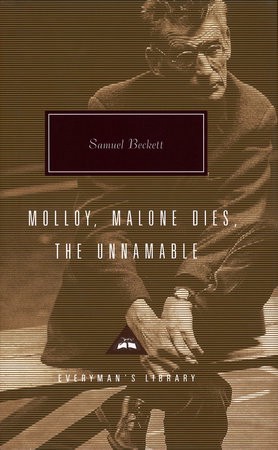
Molloy, Malone Dies, The Unnamable by Samuel Beckett
The monologue is the genre of solitude, and Beckett is its undisputed master. His trilogy shows a progression toward absolute loneliness and dispossession. Molloy, a crutched tramp, writes his story for an unknown man. The protagonist of the second book is no longer upright: Malone is a bed-ridden naked old man, scribbling incessantly with a pencil stump. In the last novel, there is just a head in a jar, which becomes a disembodied voice. But these loners are everywhere in Beckett’s work: in his early novels (Murphy), in many of his plays (Not I), and in his later stories (Company). From The Unnamable: “Yes, in my life, since we must call it so, there were three things, the inability to speak, the inability to be silent, and solitude, that’s what I’ve had to make the best of.”
Originally published on August 7, 2018
The post 11 Stories About Isolation and Loneliness appeared first on Electric Literature.














